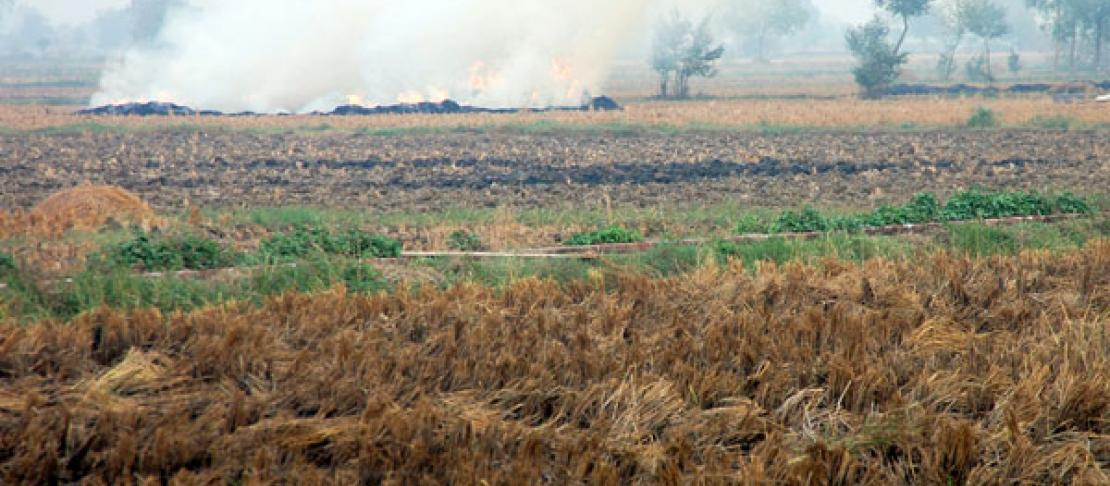Expert presents ways to curb greenhouse gas from rice production

While rice production contributes to climate change, scientific research proves that greenhouse gas emission from rice can be mitigated in several ways.
In Asia where rice is an important staple crop, farmers need to be made aware not only of practices and technologies to improve production and income, but also on ways to reduce by which rice farming would contribute a lot less to greenhouse gas (GHG) emission.
Unknown to many, rice production emits GHGs like methane which aggravates global warming.
In a seminar held at the International Rice Research Institute (IRRI), Bjoern Ole Sander, climate scientist at IRRI, presented several options to reduce the carbon footprint of rice. He discussed other climate-smart options aside from the more familiar alternate wetting and drying (AWD) technique to adapt to and mitigate climate change like the use of new varieties that have shorter duration or hybrid varieties with lower emissions per grain yield, and improved straw management.
Sander also discussed the new paddy rice component funded by the Climate and Clean Air Coalition (CCAC), hosted by the United Nations Environment Program, which promotes AWD in Vietnam, Bangladesh, and Colombia. This is a collaborative initiative with the International Center for Tropical Agriculture (CIAT) and important local partners, with support from the CGIAR Research Program on Climate Change, Agriculture and Food Security (CCAFS).
Read the full article and find out more about this research: IRRI expert presents farmer-friendly technologies to help reduce carbon footprint of rice production.
Related materials:
- Overview of alternate wetting and drying
- GHG mitigation projects in rice production systems: status and prospects for carbon certification in farmers’ fields
- Smart-water techniques for rice farmers in the Mekong Delta
- Alternate wetting and drying (AWD)--using less water to grow rice (video)
Paula Bianca Ferrer is a Communication Specialist for IRRI.



